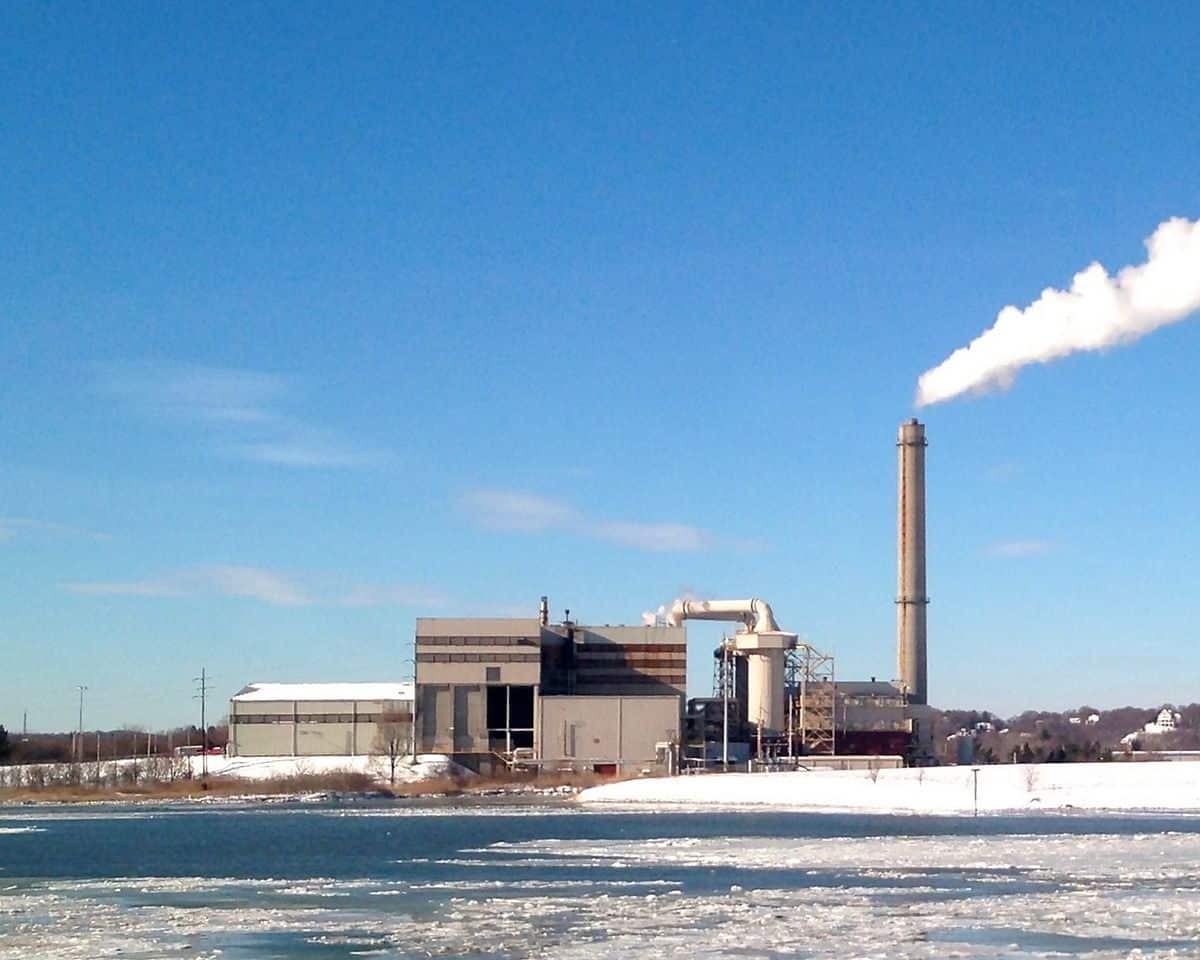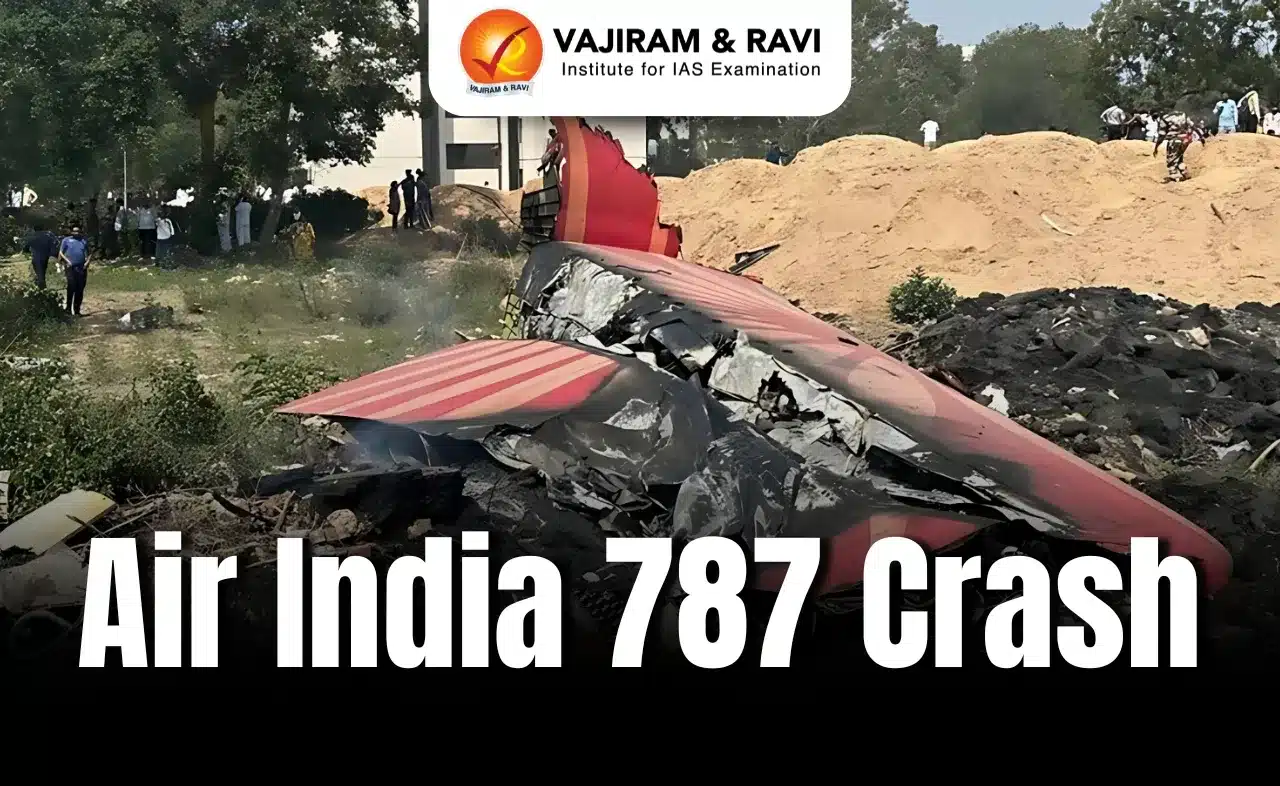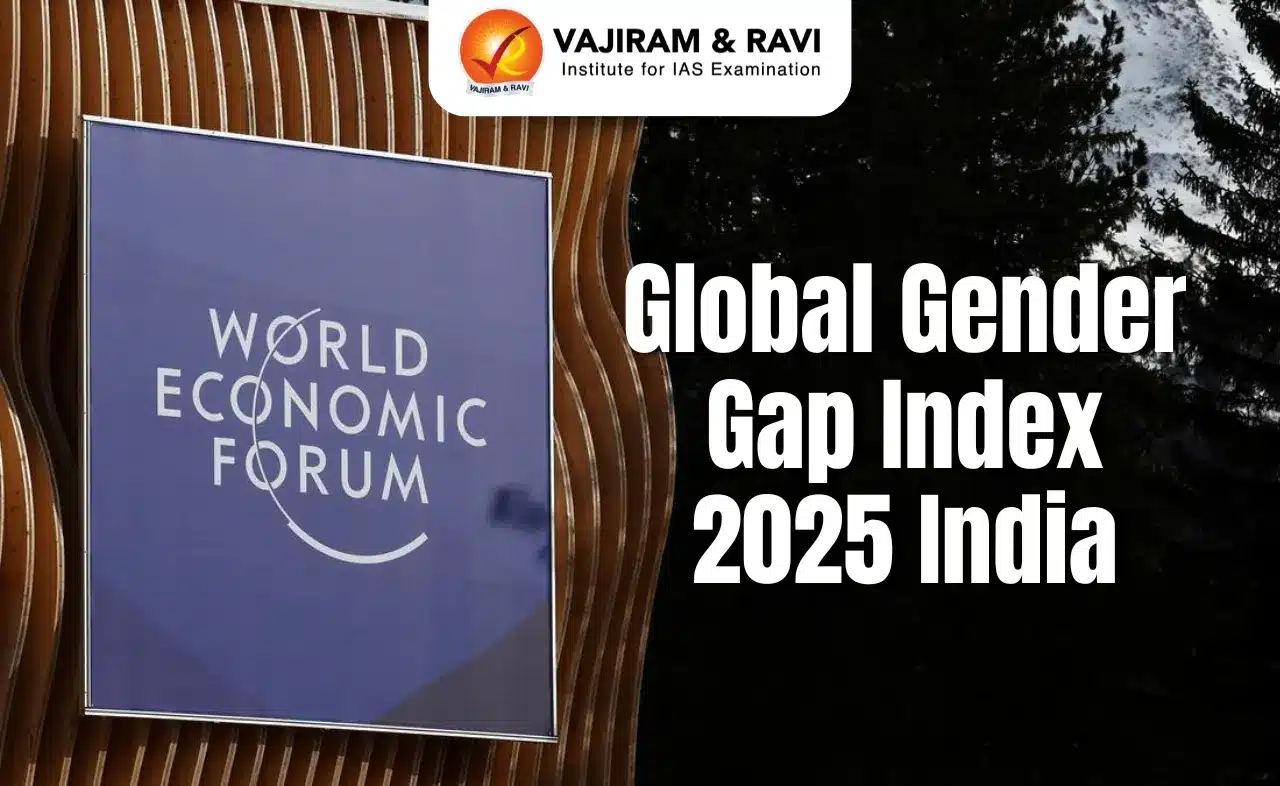What’s in today’s article?
- Why in News?
- What do Waste-to-Energy Projects do?
- Why do Waste-to-Energy Plants often Fail?
- How can the Plants overcome these Challenges?
- About Kozhikode Waste-to-Energy Project
Why in News?
- The Kerala government recently announced the State’s first waste-to-energy project in Kozhikode.
- The planned facility is expected to be built in two years and generate about 6 MW of power.
What do Waste-to-Energy Projects do?
- Waste-to-energy projects use non-recyclable dry waste to generate electricity.
- The process increases the State’s power generation capacity and eases the Solid Waste Management (SWM) burden.
- Generally, solid waste in India is 55-60% biodegradable organic waste, which can be converted into organic compost or biogas; 25-30% non-biodegradable dry waste; and around 15% silt, stones, and drain waste.
- Of the non-biodegradable dry waste, only 2-3% – including hard plastics, metals, and e-waste – is recyclable.
- The remainder consists of low-grade plastic, rags, and cloth that can’t be recycled.
- This fraction of the non-recyclable dry waste is the most challenging portion of the present SWM system; the presence of these materials also reduces the efficiency of recycling other dry and wet waste.
- Waste-to-energy plants use this portion to generate power. The waste is combusted to generate heat, which is converted into electricity.
- Waste-to-energy plants in major cities could also consume a portion of the non-recyclable dry waste generated in Urban Local Bodies (ULBs) nearby.
Why do Waste-to-Energy Plants often Fail?
- While waste-to-energy plants seem like a simple solution, they have several challenges for them to becoming feasible.
- Low calorific value of solid waste in India due to improper segregation –
- The calorific value of mixed Indian waste is about 1,500 kcal/kg, which is not suitable for power generation. (Coal’s calorific value is around 8,000 kcal/kg.)
- Biodegradable waste has high moisture content and can’t be used for power generation; it should be composted instead.
- The calorific value of segregated and dried non-recyclable dry waste is much higher, at 2,800-3,000 kcal/kg, sufficient to generate power.
- However, segregation (ideally at the source, if not at the processing plant) should be streamlined to ensure the waste coming to the facility has this calorific value.
- High costs of Energy Production –
- The cost of generating power from waste is around Rs 7-8/unit.
- In comparison, the cost at which the States’ electricity boards buy power from coal, hydroelectric, and solar power plants is around Rs 3-4/unit.\
- While State electricity boards are considering purchasing power from newer renewable energy sources like waste-to-energy, the price of the power generated needs to be reduced.
- Improper Management –
- Many waste-to-energy projects have failed because of improper assessments, high expectations, improper characterisation studies, and other on-ground conditions.
- Low calorific value of solid waste in India due to improper segregation –
How can the Plants overcome these Challenges?
- Proper Segregation at Source –
- Setting up waste-to-energy projects is complex and needs the full support of the municipality, the State and the people.
- To overcome its various challenges, the municipality must ensure that only non-biodegradable dry waste is sent to the plant and separately manage the other kinds of waste.
- Proper Planning & Execution –
- The municipality or the department responsible for SWM should be practical about the high cost of power generation, and include the State electricity department, perhaps as a tripartite agreement between the municipality, the plant operator, and the power distribution agency.
- It is also crucial to conduct field studies and learn from the experience of other projects.
About Kozhikode Waste-to-Energy Project
- The total quantity of municipal solid waste generated in Kerala is approximately 8,000 tonnes per day (TPD).
- Kozhikode has a population of about 6.3 lakh and generates approximately 300 TPD of waste.
- Of this, around 205 TPD is biodegradable and 95 TPD is non-biodegradable.
- Of the non-biodegradable waste, only about 5 TPD out of the 95 TPD is recycled; the remaining non-recyclable dry waste could be used to generate power at the new waste-to-energy plant.
Q1) What do you mean by Biodegradable waste?
Biodegradable waste includes any organic matter in waste which can be broken down into carbon dioxide, water, methane, compost, humus, and simple organic molecules by micro-organisms and other living things by composting, aerobic digestion, anaerobic digestion or similar processes.
Q2) What is Biogas?
Biogas is a mixture of gases, primarily consisting of methane, carbon dioxide and hydrogen sulphide, produced from raw materials such as agricultural waste, manure, municipal waste, plant material, sewage, green waste, wastewater, and food waste. It is a renewable energy source.
Source: Explained | Why do so many waste-to-energy plants fail?
Last updated on June, 2025
→ UPSC Notification 2025 was released on 22nd January 2025.
→ UPSC Prelims Result 2025 is out now for the CSE held on 25 May 2025.
→ UPSC Prelims Question Paper 2025 and Unofficial Prelims Answer Key 2025 are available now.
→ UPSC Calendar 2026 is released on 15th May, 2025.
→ The UPSC Vacancy 2025 were released 1129, out of which 979 were for UPSC CSE and remaining 150 are for UPSC IFoS.
→ UPSC Mains 2025 will be conducted on 22nd August 2025.
→ UPSC Prelims 2026 will be conducted on 24th May, 2026 & UPSC Mains 2026 will be conducted on 21st August 2026.
→ The UPSC Selection Process is of 3 stages-Prelims, Mains and Interview.
→ UPSC Result 2024 is released with latest UPSC Marksheet 2024. Check Now!
→ UPSC Toppers List 2024 is released now. Shakti Dubey is UPSC AIR 1 2024 Topper.
→ Also check Best IAS Coaching in Delhi






















